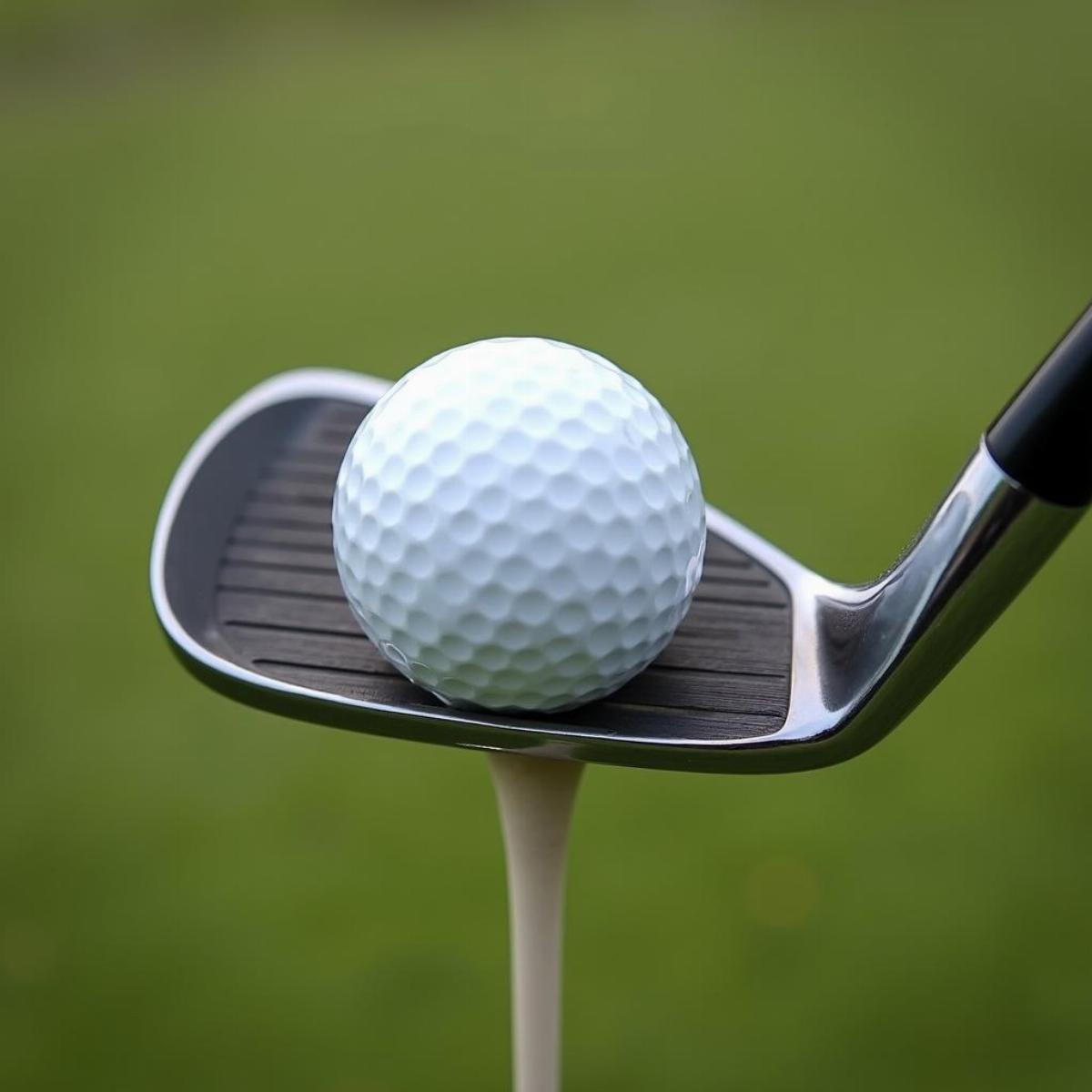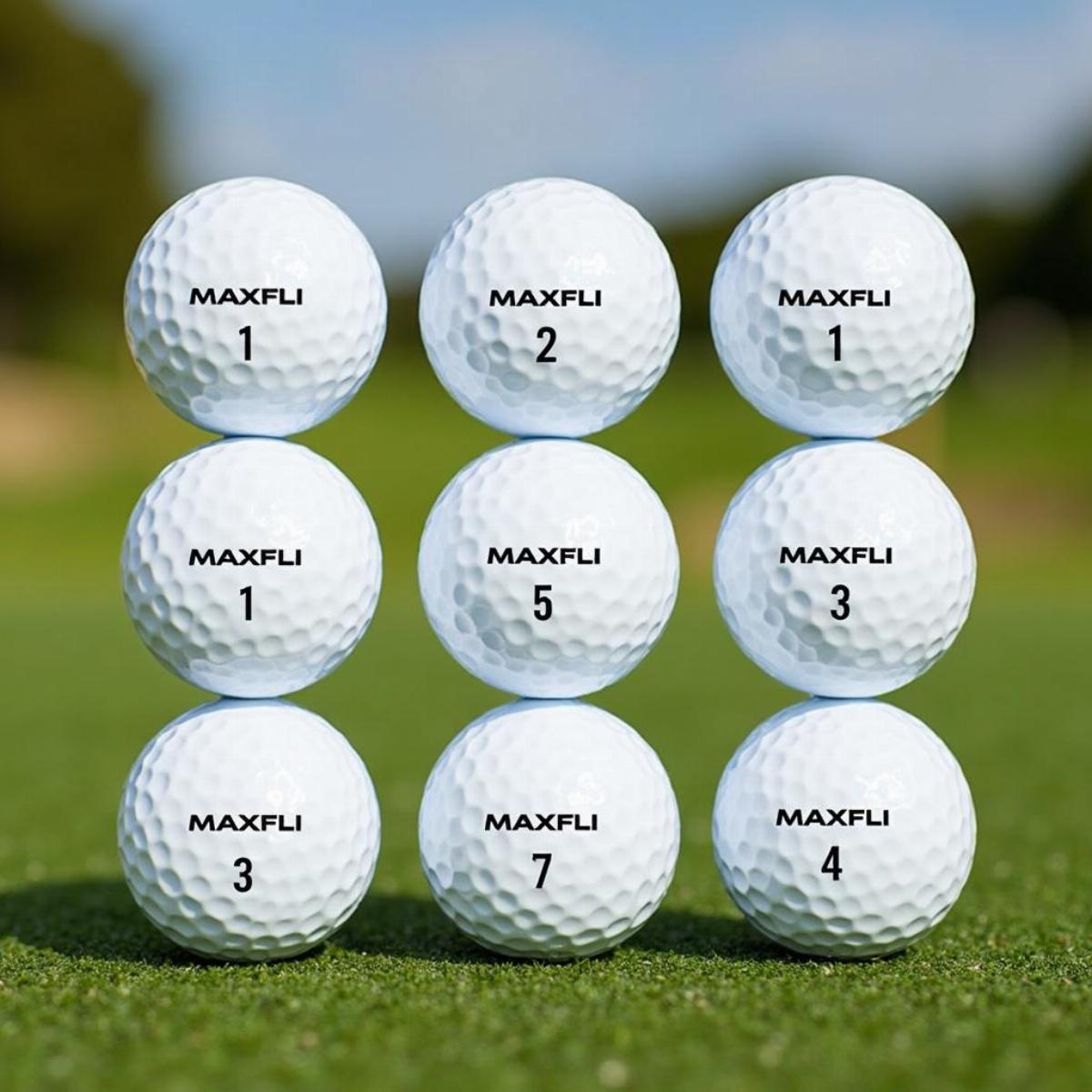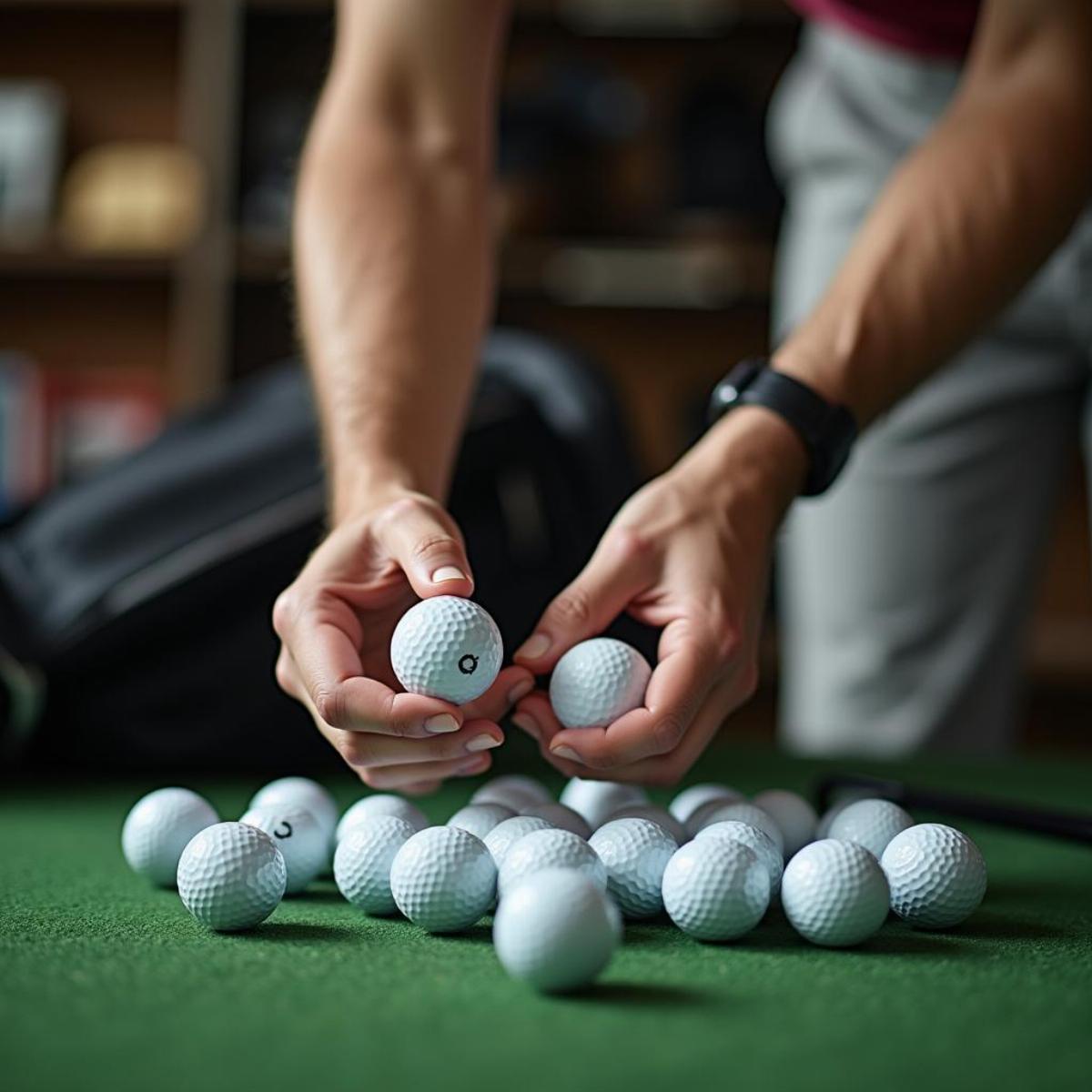Golf is a game of precision. To improve your game, it’s essential to understand one key component: golf ball compression. If you’ve ever wondered how to select the right golf ball or what compression really means, you’re in the right place! Today, we dive into the Maxfli Golf Ball Compression Chart, helping you choose the perfect ball for your swing speed and playing style.
What Is Golf Ball Compression?
Golf ball compression measures how much a golf ball deforms when struck. Simply put, it’s a numerical value that tells you how soft or hard a golf ball is. The scale typically ranges from 30 (very soft) to 110 (very hard). Players with slower swing speeds usually benefit from softer balls, while those with faster swings may prefer firmer balls.
Why Is Compression Important?
- Distance: Higher compression balls can travel farther for players with faster swings.
- Feel: Softer balls often feel better on contact, providing feedback that many players appreciate.
- Control: The right compression can enhance your ability to control spin and trajectory.
 Golf Ball Compression on Impact
Golf Ball Compression on Impact
Maxfli Golf Ball Compression Chart Overview
Maxfli offers a variety of golf balls suited for different play styles and preferences. Below is a simple table summarizing the Maxfli golf balls and their corresponding compressions:
| Golf Ball Model | Compression Rating | Best For |
|---|---|---|
| Maxfli Soft | 30 | Beginners & Casual Players |
| Maxfli Tour | 60 | Moderate Swing Speed Players |
| Maxfli Distance | 80 | Faster Swing Speed Players |
| Maxfli Strata | 50 | All-Around Performance |
| Maxfli Fire | 65 | Players Seeking Control |
Choosing the Right Compression
It’s easy to feel overwhelmed when selecting a golf ball. The Maxfli Compression Chart can help you make an informed decision. Here are some tips on how to choose:
- Identify Your Swing Speed:
- Below 85 MPH: Use soft balls (like Maxfli Soft or Strata).
- Between 85-105 MPH: Opt for moderate compression balls (Maxfli Tour or Fire).
- Over 105 MPH: Go for harder balls (like Maxfli Distance).
- Buying Based on Play Style:
- Casual Players: If you’re just enjoying a day on the course, choose a softer ball for comfort.
- Competitive Players: If you’re looking for distance and control, a firmer ball might be your best bet.
 Maxfli Golf Ball Lineup
Maxfli Golf Ball Lineup
How to Test Compression
Want to know your optimal golf ball compression? Here are some steps to help you realize your needs:
- Measure Your Swing Speed:
- Use a launch monitor or ask a pro to determine your swing speed.
- Try Different Balls:
- Purchase a few different models and assess how they perform during your rounds.
- Pay Attention to Feel and Distance:
- Take notes on how each ball feels on contact and how far you hit it.
- Evaluate Spin and Control:
- Assess how the ball behaves around the greens (spin, stopping power).
Common Misconceptions About Compression
Compression can be a bit of a myth, so let’s clear up some common misunderstandings:
- “The lower the compression, the better.” – It depends on your swing speed. A ball too soft for your speed may lead to less distance.
- “All balls with the same compression perform equal.” – Not true. Other factors like construction and cover affect performance too.
- “You should stick with one ball type for life.” – Golf is about adaptability. Feel free to change according to your evolving game!
 Golfer Selecting Golf Balls
Golfer Selecting Golf Balls
Key Takeaways
- Golf ball compression is a critical factor in optimizing your performance.
- Understand your swing speed to select the right ball.
- Maxfli offers a diverse range of golf balls to cater to different needs.
- Testing different balls is essential to find your ideal match.
- Misconceptions about compression can lead to poor choices; stay informed!
FAQ Section
1. What compression is best for beginners?
Beginners generally benefit from softer balls (30-40 compression) as they’re easier to hit and provide more distance.
2. Does ball compression affect distance?
Yes! Higher compression balls typically offer more distance for players with faster swing speeds.
3. How do I know my swing speed?
You can find your swing speed using a launch monitor or ask a golf professional.
4. Can I mix different golf balls during a game?
Yes, many golfers switch between different balls; however, it’s best to avoid doing this during a single round to maintain consistency.
5. What happens if I choose the wrong compression?
Choosing the wrong compression can result in poor performance, such as reduced distance or inadequate control around the greens.
6. Is it okay to use a soft ball in winter?
In colder conditions, soft balls can become even softer, which could hinder performance. Look for balls suited for colder weather, typically with controlled compression.
7. How often should I change my golf balls?
Golf balls should be changed often, especially if they show signs of wear or if it has been a while since your last game.
8. Are Maxfli golf balls good for competitive play?
Absolutely! Maxfli golf balls are designed for both recreational and competitive players, ensuring they meet various performance needs.
9. Do I need to buy a dozen golf balls to see results?
While buying a dozen has benefits like cost-effectiveness, starting with a few different models can help you find your ideal match without overspending.
10. Where can I find the Maxfli Golf Ball Compression Chart?
You can find the chart on the Maxfli website or golf retail websites.
Choosing the right golf ball can dramatically impact your game. By understanding compression ratings, you’ll set yourself up for success on the course. Happy golfing!

